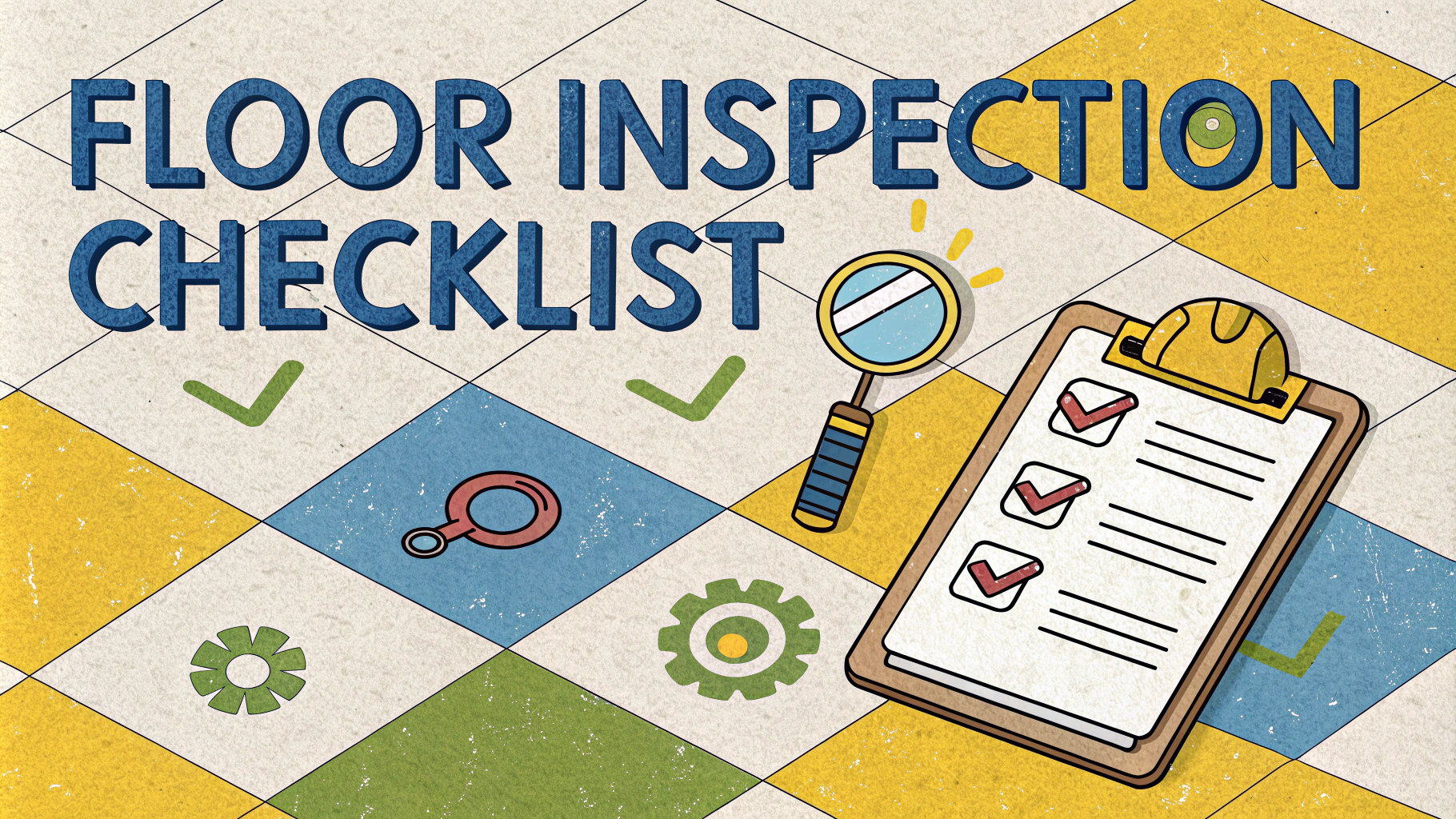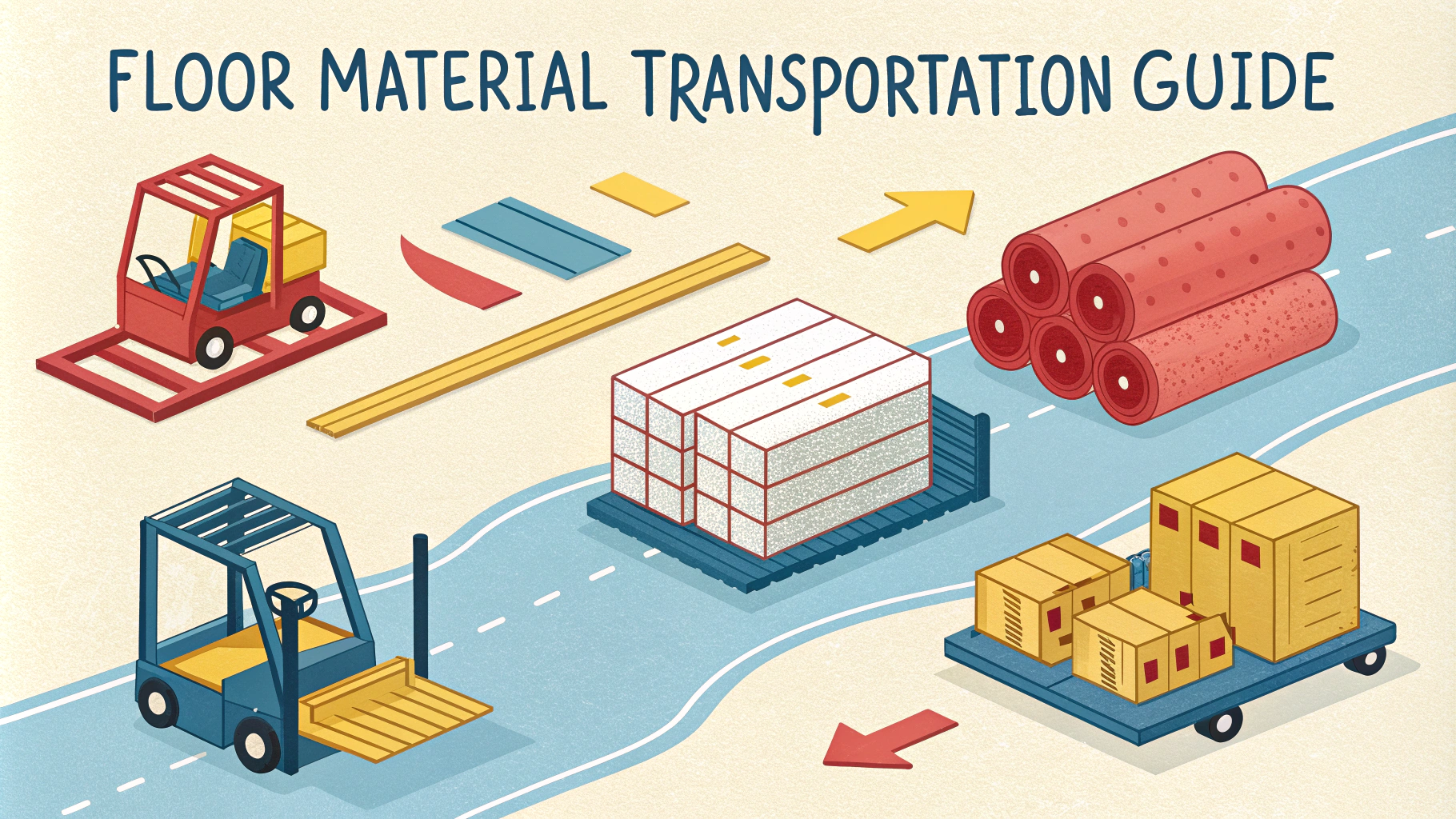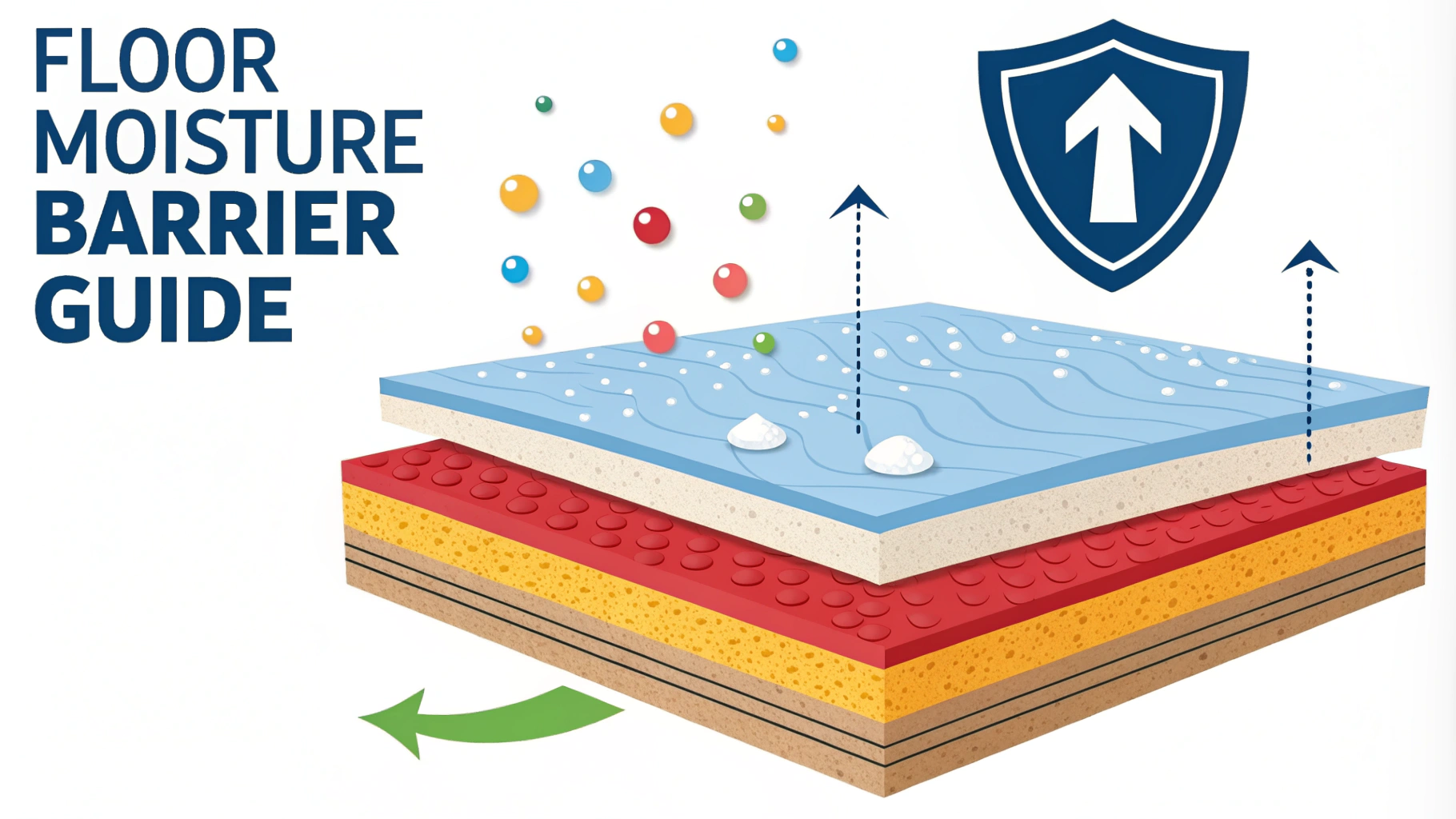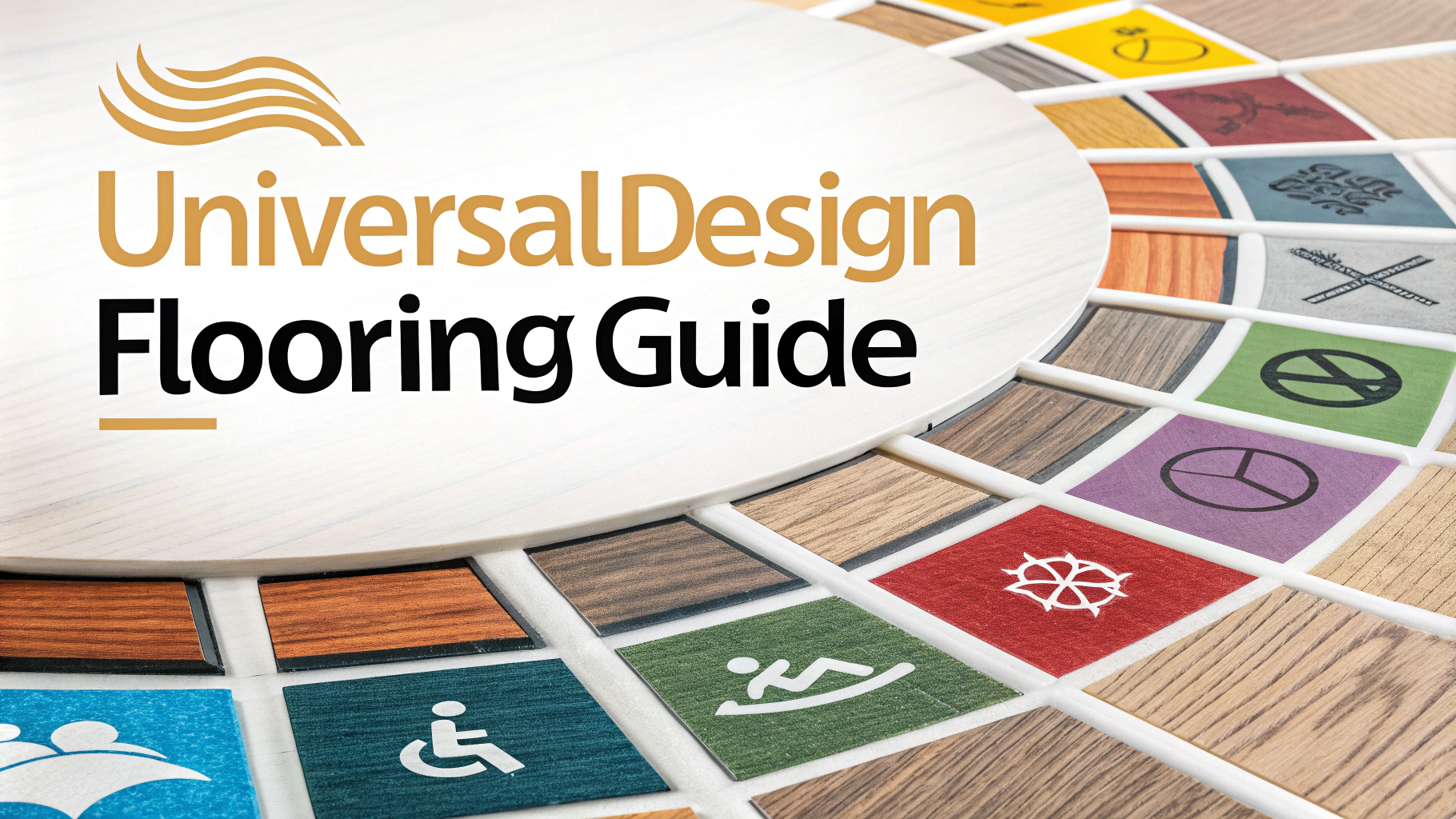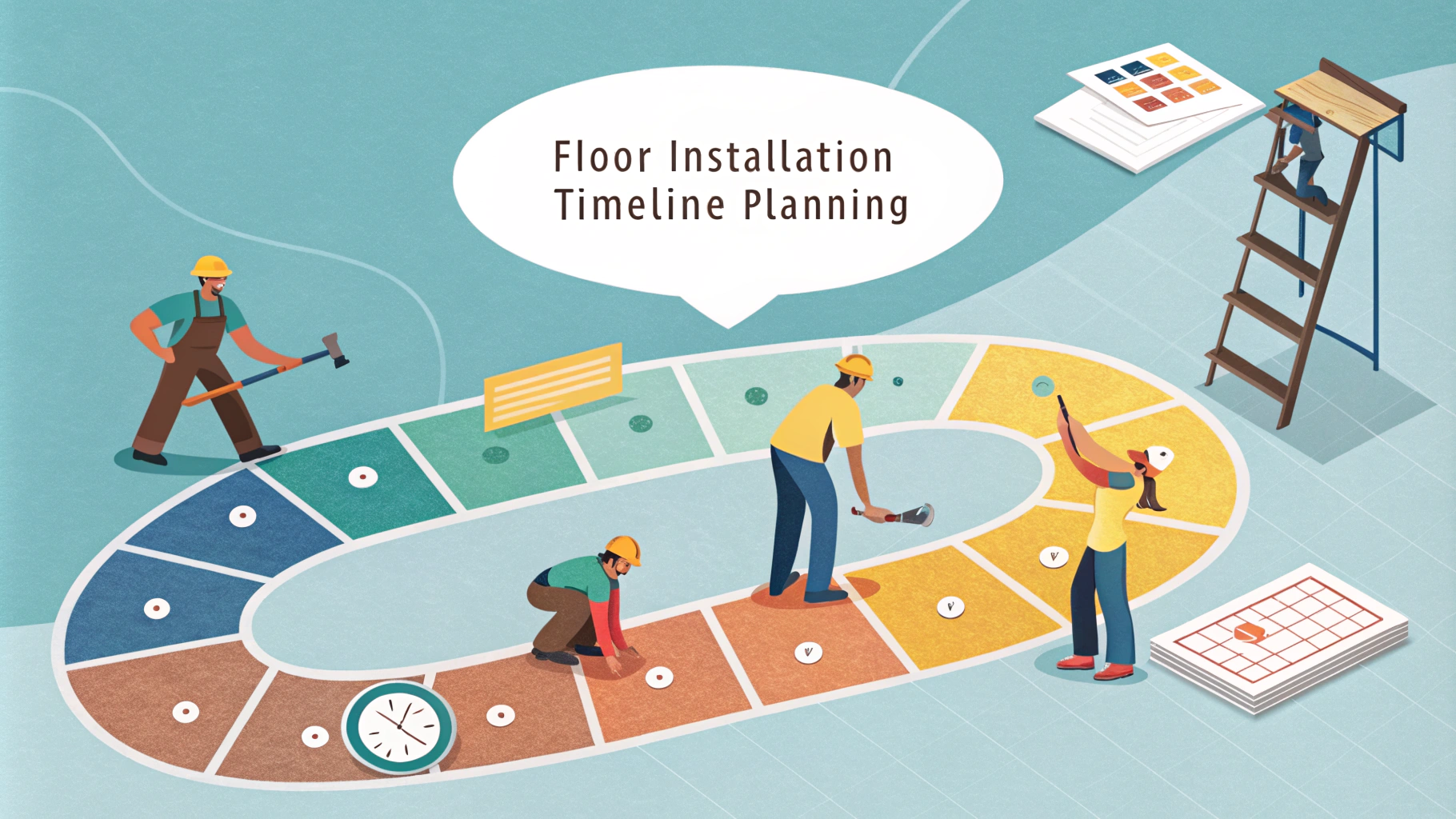Universal design in flooring creates spaces that work for everyone, regardless of age, ability, or life situation.
Smart flooring choices enhance accessibility while maintaining style and functionality for homes and commercial spaces.
This guide explores flooring options and design principles that make spaces more inclusive and adaptable for all users.
Key Universal Design Principles for Flooring
- Non-slip surfaces
- Seamless transitions between rooms
- Adequate color contrast
- Minimal maintenance requirements
- Durability under various mobility aids
Best Flooring Materials for Universal Design
| Material | Benefits | Considerations |
|---|---|---|
| Cork | Soft, slip-resistant, sound-absorbing | Needs regular sealing |
| Rubber | Extremely durable, shock-absorbing | Limited design options |
| Luxury Vinyl | Waterproof, easy maintenance | Must choose textured options |
Installation Guidelines
- Keep thresholds under 1/4 inch height
- Ensure proper subfloor preparation
- Install slip-resistant strips on ramps
- Use contrasting colors for level changes
Maintenance Tips
Select cleaners specifically designed for your flooring material to maintain slip resistance.
Regular inspection of transition strips prevents tripping hazards.
Keep spare flooring materials for future repairs or modifications.
Color and Pattern Considerations
- Avoid busy patterns that can cause visual confusion
- Use color contrast to mark transitions
- Select matte finishes to reduce glare
- Choose patterns that hide dirt and wear
Professional Resources
Contact the National Association of Home Builders at (800) 368-5242 for certified aging-in-place specialists.
The American Society of Interior Designers (ASID) offers referrals to designers specializing in universal design.
Next Steps for Your Project
Schedule a consultation with a universal design specialist to assess your specific needs.
Request samples of potential flooring materials to test in your space.
Create a detailed plan that includes installation timeline and maintenance requirements.
Smart Planning for Future Needs
Consider how your mobility needs might change over time when selecting flooring.
Plan for potential modifications by choosing adaptable materials and installation methods.
Document your flooring specifications for future reference and maintenance.
Budget Planning
Factor in all costs including materials, installation, and maintenance supplies.
Set aside 10-15% of your budget for unexpected modifications or repairs.
Research available tax credits for accessibility improvements.
Environmental Considerations
- Choose eco-friendly materials with low VOC emissions
- Look for recycled content options
- Consider the lifecycle and disposal impact
- Select materials with sustainable manufacturing processes
Technology Integration
Smart flooring solutions can enhance universal design features:
- Pressure-sensitive fall detection
- LED guidance lighting in flooring
- Temperature-regulating materials
- Anti-microbial surfaces
Creating Zones Through Flooring
Activity Areas
- Different textures for different functions
- Clear pathways through spaces
- Dedicated workout or therapy areas
Safety Zones
- Extra slip resistance near water sources
- Cushioned areas for fall protection
- Visual cues for level changes
Building a Future-Ready Space
Universal design flooring is an investment in long-term accessibility and comfort.
Regular updates to your flooring plan ensure continued effectiveness as needs change.
Stay informed about new materials and technologies that can enhance your space’s functionality.
FAQs
- What is Universal Design flooring and why is it important?
Universal Design flooring focuses on creating accessible, safe, and functional flooring solutions that accommodate people of all ages, abilities, and mobility levels. It’s important because it ensures spaces are inclusive while maintaining aesthetic appeal. - Which flooring materials are best suited for Universal Design?
Luxury vinyl, cork, rubber, and low-pile commercial-grade carpet are ideal choices. These materials offer slip resistance, cushioning, durability, and easy maintenance while being wheelchair-friendly. - What are the key features to look for in Universal Design flooring?
Look for slip-resistant surfaces, minimal transitions between different flooring types, proper cushioning, contrast for visual accessibility, and materials that reduce glare and sound reflection. - How do I ensure proper transitions between different flooring materials?
Use transition strips that are no higher than 1/4 inch, beveled edges for smooth movement, and ensure consistent height between different flooring materials to prevent tripping hazards. - What maintenance requirements should I consider for Universal Design flooring?
Choose flooring that requires minimal maintenance, is easy to clean, resistant to moisture, and doesn’t need special cleaning products or techniques for upkeep. - How do I incorporate adequate slip resistance in wet areas?
Install textured tiles or vinyl with enhanced grip ratings in bathrooms and entrances, use slip-resistant treatments, and consider materials with built-in slip resistance like rubber or textured LVT. - What role does lighting play in Universal Design flooring?
Flooring should minimize glare and reflection, provide adequate contrast for visual recognition of level changes, and work well with both natural and artificial lighting to enhance visibility. - How do I address sound concerns in Universal Design flooring?
Use materials with sound-dampening properties like cork or rubber, install proper underlayment, and consider acoustic ratings when selecting flooring materials to reduce noise transmission. - What considerations are important for wheelchair users?
Choose firm, stable surfaces that allow easy wheelchair movement, avoid thick carpets, ensure proper spacing between transitions, and select materials that can withstand wheel traffic without damage. - How can I make flooring safe for people with visual impairments?
Incorporate contrasting colors or textures to indicate transitions and level changes, avoid busy patterns that can cause confusion, and use tactile indicators where necessary.


